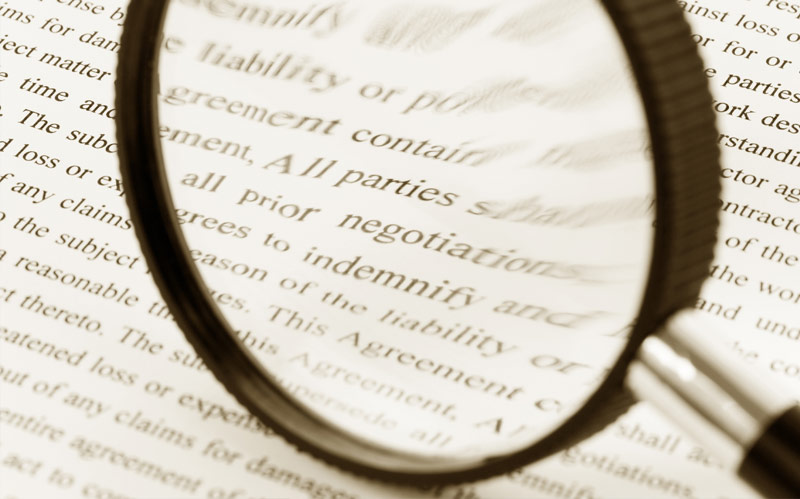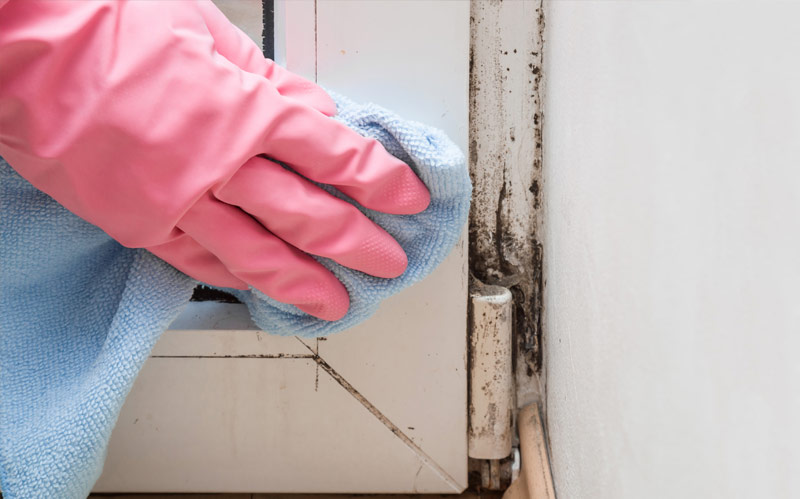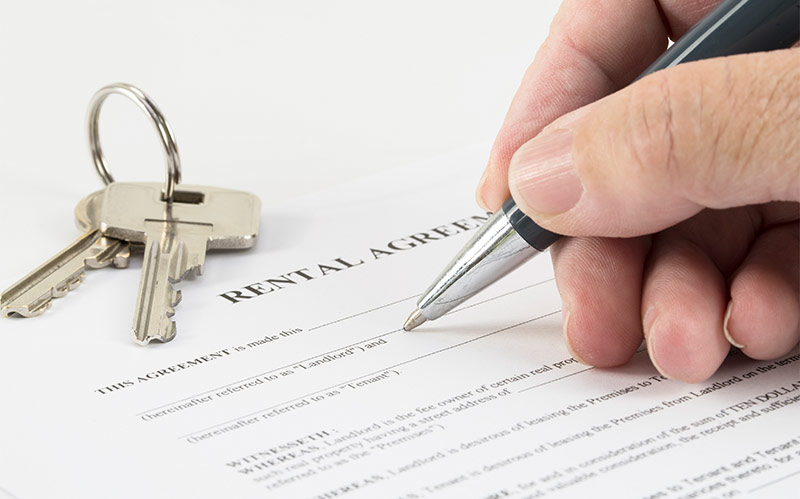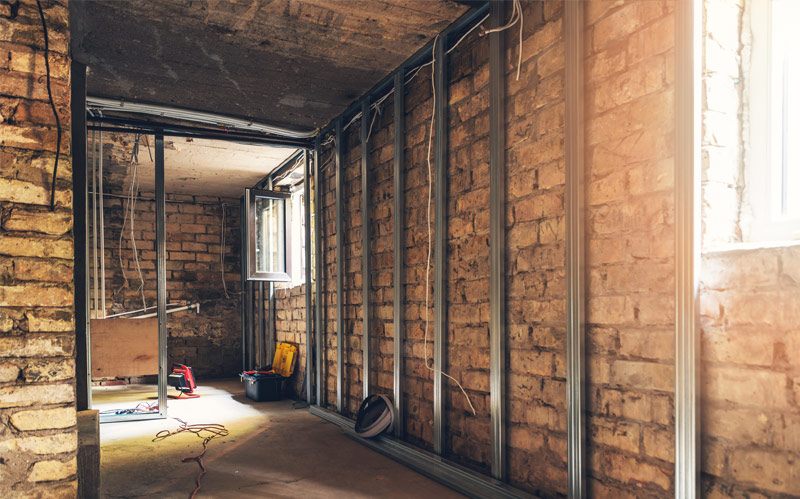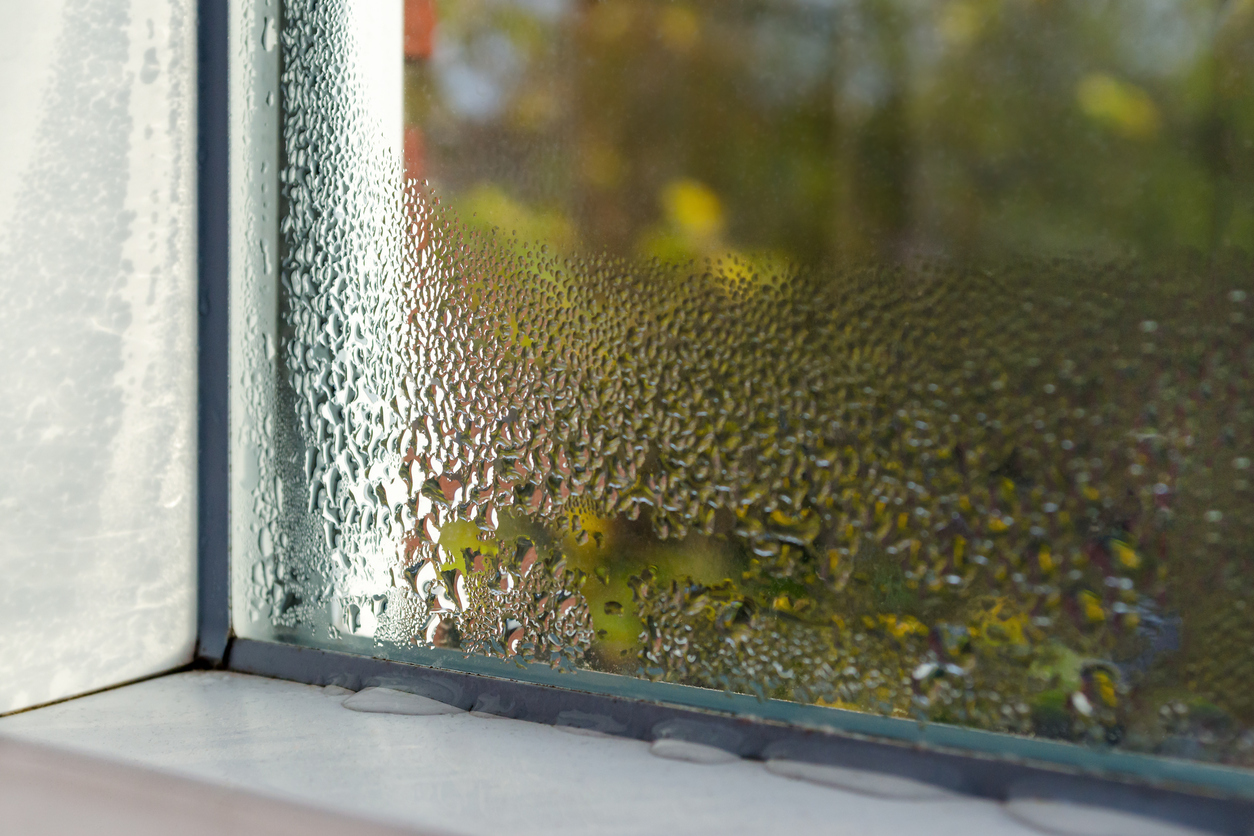
Most people don’t think much about excess humidity or moisture in the home. Until they have a serious problem, that is.
Excess moisture in the home can have a real impact on your comfort, health, and safety.
So before you find yourself fighting a moisture-related issue—like mold or structural damage—you may want to better understand how too much water can negatively impact your home sweet home.
In this guide to humidity and moisture in the home, you’ll get the 101 basics that help contribute to a healthy house, including:
- What causes moisture in your home?
- What problems are caused by excess moisture in the home?
- Signs of moisture problems at your house
- What is the ideal humidity in your house?
- How to check humidity levels
- How do I reduce moisture in my house?
- Who to call for moisture problems?
- What to do about moisture issues when you’re a renter?
Let’s dive in and find out why excess humidity and moisture can cause so many problems for health and home.
What Causes Moisture in Your Home?
Do you suspect you have a problem with excess moisture or water in your house or apartment?
There are only two possible sources of moisture in your home:
- Air (humidity)
- Water (flooding and leaks)
That’s it!
While this seems like a simple answer, moisture issues in the home can be a bit more complex. For starters, there are exterior and interior sources of water. There are many ways excess humidity can build up inside your home.
Excess moisture in the house can lead to issues ranging from structural damage to the building to health issues for your family.
What Problems are Caused by Excess Moisture in the Home?
If your house isn’t partially underwater due to a flood, do you really need to worry about a little bit of excess moisture?
Unfortunately, you do. Even a small imbalance can lead to big problems.
Moisture plays an essential role in the life cycle of both your building and the living things inside it. Too much water or excess humidity in your home can speed up the process of life and death for both.
Here are just a few ways excess moisture can cause problems in your home:
Mold
Mold is a living organism that needs water, food, and a hospitable environment to grow and thrive. Mold won’t spread and grow in a dry environment; if you have a mold issue, you have a moisture issue. Learn more about how to find mold in your home.
Critters
Just like mold, the creatures in and around your home are looking for water, food, and a comfy place to live. Dust mites, insects (including termites and cockroaches), spiders, rodents, and an entire ecosystem of critters can spring up in your home when there is plenty of water to nourish them.
Structural Issues
Excess moisture can cause wood to rot and metals to rust. Over time, this degradation of the structural elements of your home can lead to safety issues or even a home that is no longer inhabitable.
Rot and Decay
Your home is built from materials that can break down when exposed to too much moisture, such as wood and paper. Unfortunately, it’s also built from materials that behave much like a sponge, much like your concrete foundation that can wick moisture out of the soil surrounding it. Unlike concrete, modern building materials can also serve as a nutrient source for fungi.
Health Issues
Mold, critters, and decay can all lead to health issues for the inhabitants of a building. From respiratory problems caused by mold sensitivity to dust mite allergies to diseases caused by rodent droppings, your family may be experiencing health issues that can be tied back to a single problem: too much moisture in the home.
Take a deeper dive into these 5 problematic symptoms of excess humidity in the home.
3 Signs of Moisture Problems in Your House
Flooding in your home is an obvious sign of a problem, but did you know that a water leak can often go undetected in your home long before you see signs of water damage?
And humidity issues may be nearly invisible unless you know exactly where to look.
So how do you know if you have a moisture problem in your house? Use your senses and look for one of these three tell-tale signs.
- See it: blistering and peeling paint, water stains, discoloration, water droplets (i.e., condensation), trim pulling away from the wall, and of course, visible mold. If you start spotting an increase in insects or water bugs, that’s another visible sign of a water problem!
- Smell it: mold produces compounds known as mVOCs that emit a strong unpleasant “musty” or moldy odor. It’s one of the first signals that you have a problem. And it’s not just an aesthetic nuisance. It’s also a health hazard, according to numerous studies, so if you catch a whiff, it’s time for action.
- Feel it: respiratory or allergic symptoms that worsen inside your home but alleviate once you leave the building can be a sign that your house is making you sick.
Bonus sign: you’re paying for it! If you have a water leak in or around your house, an increase in your water bill may be the first sign of a problem, even before you can see, smell, or feel the effects.
If you see something, smell something, or feel something…do something!
Learn more about the 3 Signs You Need to Worry About Moisture and Mold in Your Home.
What is the Ideal Humidity Level in a Home?
You may think that humidity is only an issue for people living in tropical climates, but that’s not true.
The term “humidity” refers to the amount of water vapor in the air. Weather changes can impact humidity levels outdoors. Everyday tasks such as showering, cooking, and washing clothes and dishes can also change humidity levels inside your home. So does any significant change in temperature.
How much moisture should be in your home?
The ideal humidity level inside your home is 45% all year round. However, hitting that single target consistently is pretty tricky, especially since you can affect your humidity levels simply by taking a shower or boiling some water for pasta.
Instead of worrying about hitting the magic 45% humidity level, aim for an ideal humidity range instead.
The ideal indoor humidity range in your home is between 40% and 60%, according to ASHRAE.
- Below 40%: your home (as well as your skin and mucous membranes) will feel too dry, become at risk of dehydration, and more susceptible to infections from airborne microbes.
- Above 60%: you’ve got a moisture problem brewing—and likely a mold problem and dust mite problem, too.
Learn more about how humidity levels are measured and the negative impact of humidity that’s too high (or too low) in your home.
How to Check for Moisture in Your House
Monitoring your humidity levels is easier than it sounds (and more affordable than you’d think). Utilize the following devices to keep an eye on your home’s moisture levels, so you can take corrective action when it’s needed.
- Hygrometers: a technical word for humidity gauges
- Moisture meters: measure moisture in walls, wood, and other building materials
- Water sensors: alert you if you’ve sprung a leak under a sink or washing machine
- Infrared cameras: measure temperature changes resulting from evaporating water
Many of today’s tools for monitoring/ sensing humidity and water in the home are smart, connected devices. Wi-fi and Bluetooth connectivity and mobile apps are pretty standard, so you can get alerted instantly whenever your humidity levels get too high or too low.
Pro Tip: Focus on your home’s “out of sight, out of mind” spots, as this is where most mold problems manifest. Attics, basements, and crawl spaces are often neglected, and these tucked-away places can be the perfect place for moisture to build up, mold to grow, and beasties and bugs to make themselves at home.
Learn more about self-diagnosing a water problem at 4 Tools to Measure Indoor Humidity and Find Water Leaks.
How to Reduce Humidity in Your House
Have your humidity monitors alerted you to excess moisture?
You’ll want to move quickly to control moisture in your home.
Time is of the essence.
Don’t wait to take action when you notice you’ve got a water leak, excess humidity, or other moisture issues.
The industry standard for water damage and mold removal states that you need to take action in the first 24-48 hours to prevent your moisture problem from becoming a mold problem. After 72 hours, the affected areas, especially porous and absorptive materials, should be dealt with as if they are moldy, whether it shows visible signs of mold or not.
There are three easy steps to take to reduce humidity in your house.
1. Source Control
It may sound obvious, but the first step to reducing moisture in your house is to stop it at its source.
- Repair all leaks and water intrusion of any kind
- Insulate cold water pipes to reduce condensation
- Don’t hang clothes to dry inside.
- Shut off humidifiers and diffusers
2. Ventilation
As mentioned above, many of your everyday tasks can contribute to high humidity in the home. Cooking, showering, washing dishes, and washing clothes are just a few of the activities that can increase indoor humidity levels.
Ventilation requires more than simply opening a window to let the steam from your shower outside. In some cases, opening a window may let even more humidity in from the outdoors and exacerbate your humidity issues.
Exhaust fans in kitchens, bathrooms, and laundry rooms pull excess moisture and fumes from the air and vent outdoors for removal. Be sure to utilize exhaust fans in these rooms while cooking, showering, and doing laundry.
Pro tip: In order to properly ventilate moisture out of the home, all exhaust vents must vent outdoors, not send moisture into the attic or wall cavities. If your exhaust vents are just sending moisture to other parts of the house, they’re not helping to remove excess humidity from the home, and you’re likely causing other problems elsewhere.
3. Dehumidify
Dehumidifiers work by removing moisture from the air and collecting it in a tank. They range from portable units to whole-house add-ons for HVAC systems.
Not all dehumidifiers are created equal. Check out the Consumer Reports Dehumidifier Buying Guide to get dehumidifier ratings for some of the most popular brands.
Set your humidifier at the lowest setting for maximum effectiveness and utilize automatic drainage functions. Most dehumidifiers will empty the moisture they’ve collected via a straw to a floor drain.
Also, keep in mind that air conditioning is not just for cooling. It’s also for dehumidifying. A properly sized air conditioner removes excess moisture from the air in the process of bringing down the temperature.
Pro Tip: Use humidity gauges and dehumidifiers in tandem for maximum effectiveness. Set alerts and utilize mobile apps and automatic settings to ensure your home remains at the ideal indoor levels of humidity: between 40% and 60%.
Who to Call for Moisture Problems in Your Home
If you have a moisture problem in your home that isn’t being fixed by removing the source, ventilating with exhaust fans, and running a dehumidifier, it might be time to call in the professionals.
A few of the professionals you may call when you have moisture problems at home include:
- Water leak detection professionals can help you find the source of a leak if you don’t know where the water is coming from.
- Replacement window professionals can help if water is leaking in from windows due to faulty installation or poor construction.
- Mold inspectors, like leak detection professionals, can help you identify if and where you have a mold issue. Choose one that doesn’t also offer remediation or repair services. Learn why mold inspectors should never be remediators.
Water and mold issues typically require specialized knowledge, expertise, and equipment, something a general contractor or handyman may not be able to take care of.
Seek out a professional who has extensive knowledge of best practices for removing moisture and mold from a home.
Pro Tip: Be cautious of professionals who offer both inspection and remediation services. If your leak or mold inspector benefits from removing and fixing the problem, how do you know if you’re getting an honest inspection result? In some states, like Florida and Texas, it’s actually illegal for a professional to offer both mold inspection and mold remediation services. Learn more about why you should be wary of free mold inspection offers.
What to Do About Moisture Issues When You’re a Renter
Coordinating inspections and repairs is a lot easier when you own your own home. Renters often have to go through property management companies and/ or landlords to schedule inspections and repairs. And a renter is often left to take whatever professional that a property manager or landlord decides to hire, even if that professional has little to no experience in mold, moisture, or leaks. Even if the inspector is experienced, when the landlord is paying the bill, the outcomes are often biased.
If you are a renter and you’re having a hard time getting your landlord to agree to moisture or mold remediation from an experienced professional, don’t worry.
You have options.
Document It
First, be sure to document all issues that you’ve noticed. Remember: if you see something, smell something, or feel something… do something. Document all correspondence you’ve had with the landlord or property manager about the issue.
If you’re having physical symptoms that you think are related to excess humidity or mold in your rental, be sure to see a medical professional. Include these visits in your documentation. It can be very helpful to have a letter from your physician explaining that you have a health condition that is caused or aggravated by mold exposure. This can sometimes accelerate things, and can be very useful if you end up in landlord-tenant court.
Test It
Next, order a mold test kit and test the air inside your home. Be sure to provide the test results to your landlord and continue to document their response. An at- home test kit is an affordable tool to help identify and confirm a possible mold issue.
From here, you may want to schedule your own inspection. Be ready to pay out of pocket for the professional inspection and request a refund from your landlord, and don’t be surprised if they balk. Again, document every step of the process and all communications with your landlord.
Check out our Renters Playbook to learn more about your rights as a renter and tips to motivate your landlord to take action to control moisture and mold in your home.
Don’t Wait Until Moisture Becomes a Problem
A moisture problem is much harder and more costly to address once it’s become a mold problem. And moisture morphs into mold quickly, so don’t wait to optimize the humidity in your home!
You must be vigilant.
Get your humidity gauges in place. Set the parameters to alert you when you’re above 60% or below 40%.
Use your exhaust fans in bathrooms, kitchens, and laundry areas.
Dry wet spots immediately, avoid hanging clothes to dry indoors, and keep windows closed if it’s raining or excessively hot and humid outside.
Watch for signs of a moisture problem, and call a professional if you can’t manage excess moisture on your own.
And remember, If you see something, smell something, or feel something…do something!
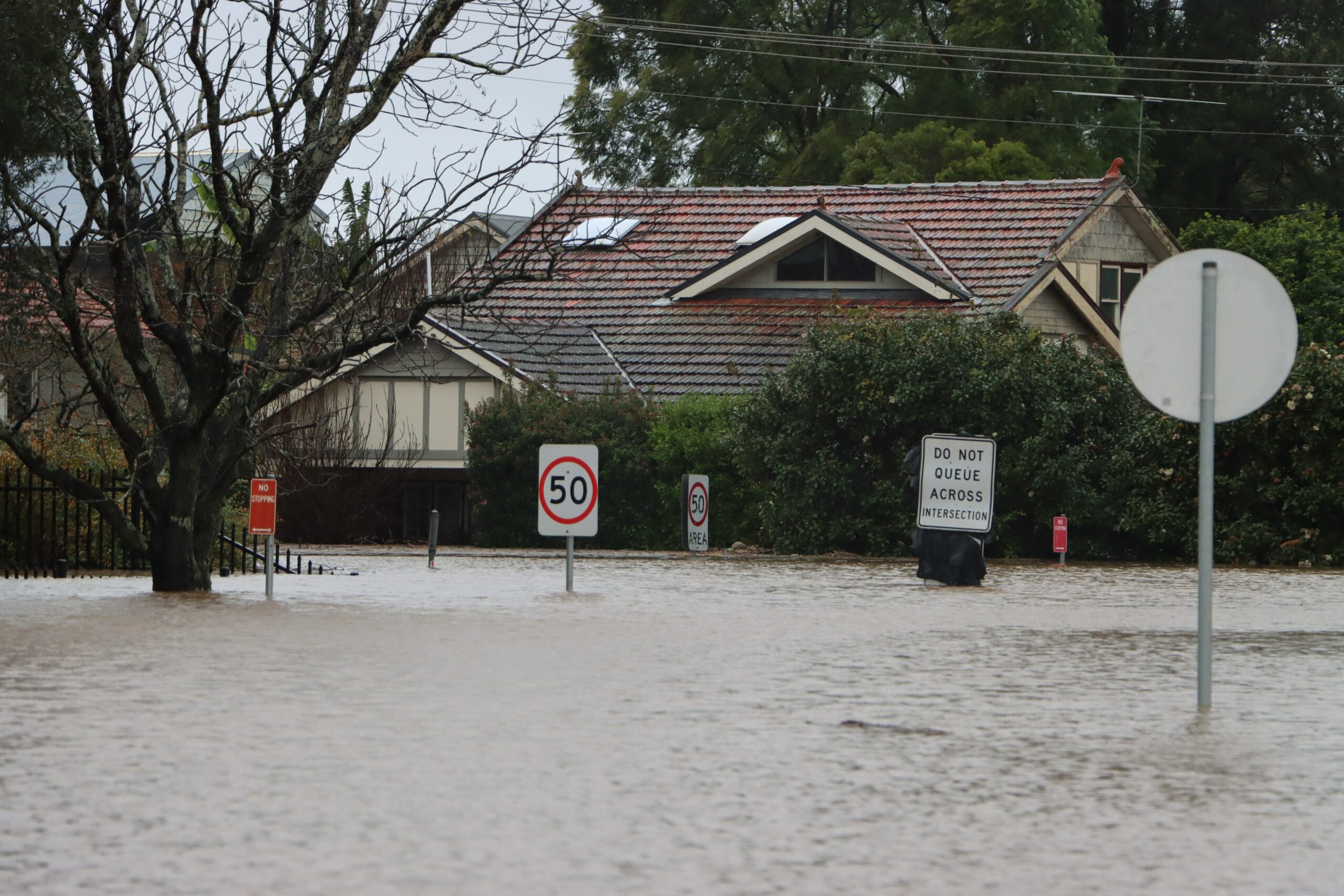








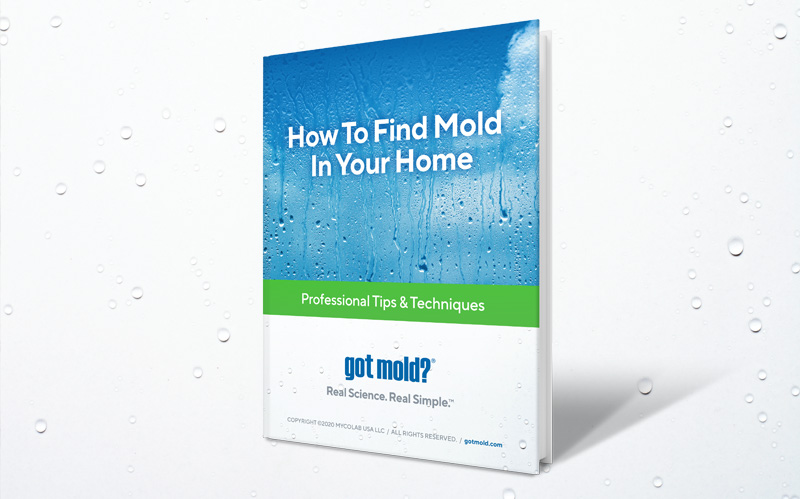

 Now you’ve arrived at the reason that we exist.There is such a blatant conflict of interest when companies perform both mold remediation and mold inspections, that it’s actually illegal in several states and there are many states where similar legalization has been proposed. Texas and Florida are two standout examples. In fact, we wrote an article about this very thing not too long ago. You can find it here. It’s been illegal in the asbestos business for ages, and it should be illegal in all 50 states when it comes to mold too, in my opinion. Eventually it hopefully will be. In the meantime, you, the consumer, need to be aware of the landscape and protect your own interests, because there are more companies out there doing it the wrong way than the right way. That’s for sure.
Now you’ve arrived at the reason that we exist.There is such a blatant conflict of interest when companies perform both mold remediation and mold inspections, that it’s actually illegal in several states and there are many states where similar legalization has been proposed. Texas and Florida are two standout examples. In fact, we wrote an article about this very thing not too long ago. You can find it here. It’s been illegal in the asbestos business for ages, and it should be illegal in all 50 states when it comes to mold too, in my opinion. Eventually it hopefully will be. In the meantime, you, the consumer, need to be aware of the landscape and protect your own interests, because there are more companies out there doing it the wrong way than the right way. That’s for sure.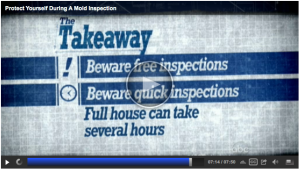
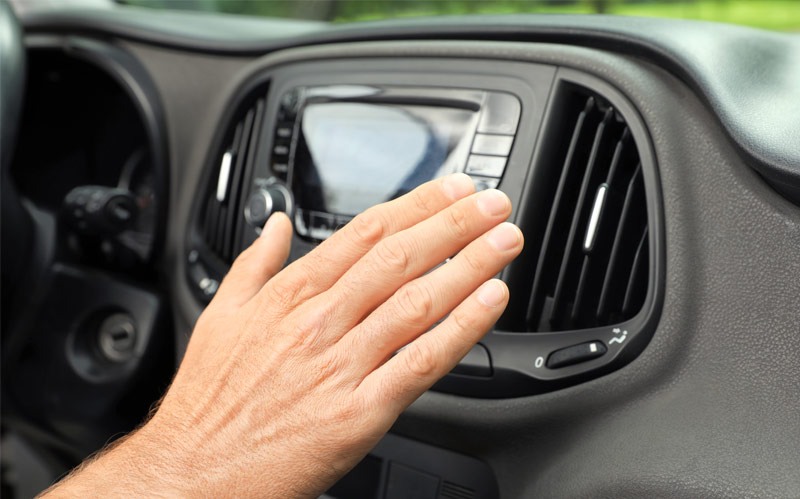
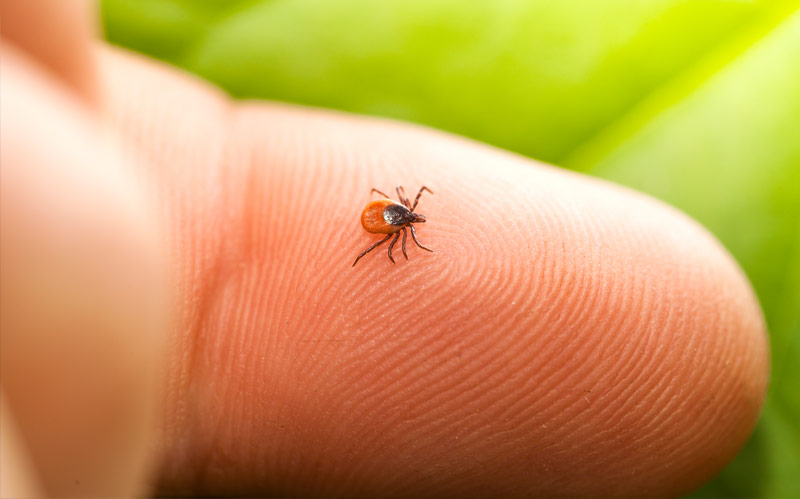
 Lyme is a tough disease. It’s tough to diagnose properly; it mimics other diseases. It’s tough to treat; the offending bacteria have developed some pretty effective defenses, and know how to hide. The symptoms can be brutal, often times creating a whole host of other sensitivities to things as basic as light and fragrances. Because it’s a biotoxin-based illness, it also works against you in the case of mold exposure, where the two amplify one another. And if you’re one of the “lucky” 24% of the population that has a hard time processing these toxins, due to your genetics, you’re in for a real treat.
Lyme is a tough disease. It’s tough to diagnose properly; it mimics other diseases. It’s tough to treat; the offending bacteria have developed some pretty effective defenses, and know how to hide. The symptoms can be brutal, often times creating a whole host of other sensitivities to things as basic as light and fragrances. Because it’s a biotoxin-based illness, it also works against you in the case of mold exposure, where the two amplify one another. And if you’re one of the “lucky” 24% of the population that has a hard time processing these toxins, due to your genetics, you’re in for a real treat.